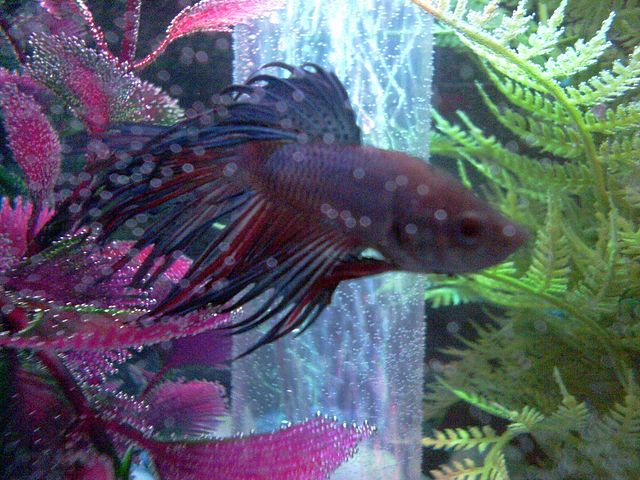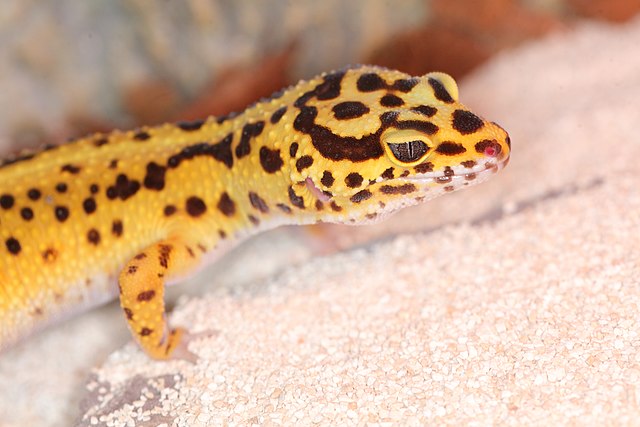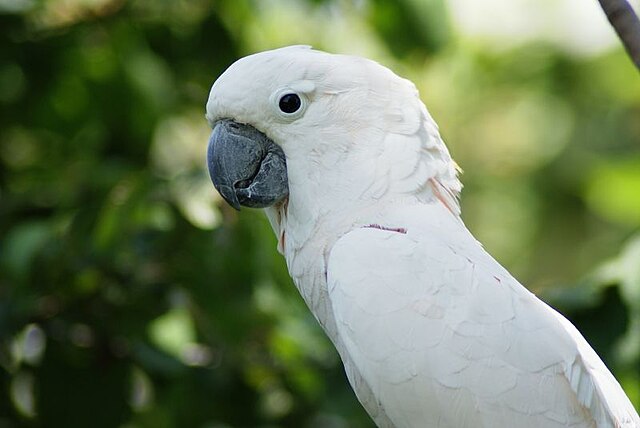Welcome to the world of finding a betta fish tank! These vibrant and captivating aquatic companions deserve a home that’s as remarkable as they are. In this comprehensive guide, we’ll dive into everything you need to know about setting up and maintaining the perfect betta fish tank. From replicating their natural habitat to ensuring their health and happiness, we’ve got you covered.
Understanding Betta Fish Habitat
Betta fish, also known as Siamese fighting fish, hail from the rice paddies, shallow streams, and ponds of Southeast Asia. These labyrinth fish have evolved to thrive in warm, stagnant waters with plenty of hiding spots among plants and debris.
Selecting the Right Tank: Size Does Matter
When choosing a tank for your betta or other small fish, bigger is often better. Aim for at least a 5-gallon tank to provide ample swimming space and maintain stable water conditions. Glass tanks offer superior clarity, while acrylic tanks are lightweight and less prone to breakage. Remember to opt for a tank with a secure lid to prevent your betta from taking any unexpected leaps of faith!
Setting Up the Tank
The Nitrogen Cycle and Beneficial Bacteria
Before introducing your betta, you’ll need to establish a nitrogen cycle. This biological process converts harmful ammonia into less toxic substances, ensuring a safe environment for your fish. Introduce beneficial bacteria through a process called cycling, allowing them to thrive and perform their essential role.
Substrate, Decorations, and Plants
Choose a fine substrate like sand or smooth gravel to mimic your betta’s natural habitat. Decorate with silk or live plants, driftwood, and caves to provide hiding spots and create a stimulating environment. Live plants also aid in maintaining water quality by absorbing nitrates.
Water Conditions
Betta fish flourish in warm water, ideally maintained between 78°F to 80°F (25.5°C to 26.5°C). Keep the pH level between 6.5 and 7.5 to maintain optimal health. Use a reliable liquid test kit to monitor ammonia, nitrite, and nitrate levels, ensuring a thriving ecosystem.

Filtration and Heating
Filters for Betta Tanks
Select a gentle filter with adjustable flow settings to prevent strong currents that might stress your betta. Sponge filters are a fantastic option, providing mechanical and biological filtration without creating turbulence.
Heating the Tank
Invest in a high-quality heater with a built-in thermostat to maintain a consistent water temperature. Fluctuating temperatures can lead to stress and compromised immune systems in betta fish.
Unveiling the Beauty of Aquascaping
Aquascaping Your Betta Tank
For an extra touch of magic, consider aquascaping your betta fish tank. Arrange plants and decorations to create stunning underwater landscapes. Use driftwood, rocks, and different plant heights to add depth and intrigue to your betta’s environment.
The Perfect Plants for Your Betta Tank
Certain plants not only enhance your tank’s aesthetics but also benefit your betta’s well-being. Anubias, Java Fern, and Marimo moss balls are low-maintenance options that help maintain water quality and provide excellent hiding spots.
Tank Mates and Solitary Living: To Share or Not to Share
Bettas are known for their territorial behavior, especially the males. While some tank mates can be compatible, it’s generally best to keep bettas solitary to prevent aggression and stress. If you’re keen on having companions, consider peaceful fish with low activity levels.

Feeding and Nutrition
Offer your betta a varied diet consisting of high-quality pellets, and frozen or live foods. These carnivorous fish benefit from a protein-rich diet to keep their colors vibrant and their immune systems robust. Don’t overfeed—betta stomachs are roughly the size of their eyes!
Maintenance Routine
Regular Water Changes
Perform weekly water changes of about 20-30% to remove accumulated waste and maintain water quality. Use a siphon to vacuum the substrate and ensure no uneaten food is left behind.
Filter Maintenance
Clean or replace filter media as needed to prevent clogs and maintain efficient filtration. Avoid washing all filter components simultaneously to preserve beneficial bacteria.
Tank Cleaning
Gently clean your betta fish tank walls and decorations during water changes to prevent algae buildup. Use an algae scraper or a soft cloth to avoid scratching the glass.
Common Issues and Troubleshooting
Fin Rot and Other Common Problems
Keep an eye out for signs of fin rot, a bacterial infection that can lead to deteriorating fins. Quarantine new additions before introducing them to your main tank to prevent potential diseases.
Stress Management
Bettas are sensitive to changes in their environment. Reduce stress by maintaining consistent water parameters, offering hiding spots, and avoiding sudden movements around the tank.

Creating a Betta Paradise
In conclusion, providing a thriving habitat for your betta fish involves more than just water and decorations—it’s about crafting a home that promotes their well-being and happiness. By replicating their natural habitat, maintaining water quality, and offering a balanced diet, you’re well on your way to being a stellar betta parent. Remember, a happy betta is a healthy betta, and your efforts will be rewarded with vibrant colors, energetic swimming, and a truly captivating aquatic companion.








